Qingquan Zhang
Exploring Accuracy-Fairness Trade-off in Large Language Models
Nov 21, 2024



Abstract:Large Language Models (LLMs) have made significant strides in the field of artificial intelligence, showcasing their ability to interact with humans and influence human cognition through information dissemination. However, recent studies have brought to light instances of bias inherent within these LLMs, presenting a critical issue that demands attention. In our research, we delve deeper into the intricate challenge of harmonising accuracy and fairness in the enhancement of LLMs. While improving accuracy can indeed enhance overall LLM performance, it often occurs at the expense of fairness. Overemphasising optimisation of one metric invariably leads to a significant degradation of the other. This underscores the necessity of taking into account multiple considerations during the design and optimisation phases of LLMs. Therefore, we advocate for reformulating the LLM training process as a multi-objective learning task. Our investigation reveals that multi-objective evolutionary learning (MOEL) methodologies offer promising avenues for tackling this challenge. Our MOEL framework enables the simultaneous optimisation of both accuracy and fairness metrics, resulting in a Pareto-optimal set of LLMs. In summary, our study sheds valuable lights on the delicate equilibrium between accuracy and fairness within LLMs, which is increasingly significant for their real-world applications. By harnessing MOEL, we present a promising pathway towards fairer and more efficacious AI technologies.
Fairness-aware Multiobjective Evolutionary Learning
Sep 27, 2024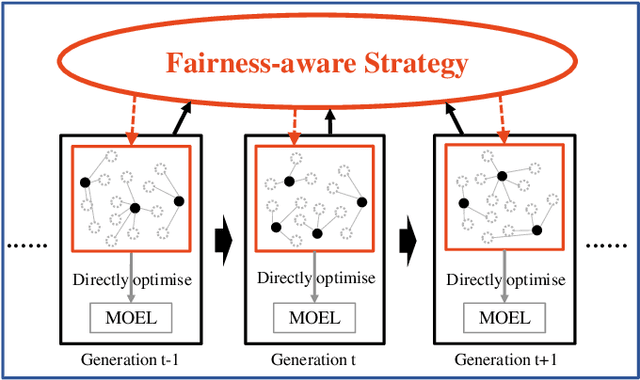
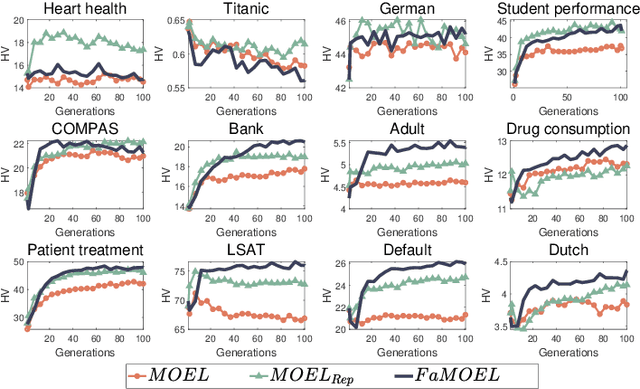
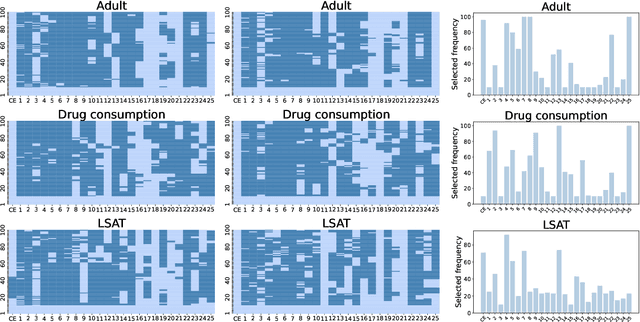

Abstract:Multiobjective evolutionary learning (MOEL) has demonstrated its advantages of training fairer machine learning models considering a predefined set of conflicting objectives, including accuracy and different fairness measures. Recent works propose to construct a representative subset of fairness measures as optimisation objectives of MOEL throughout model training. However, the determination of a representative measure set relies on dataset, prior knowledge and requires substantial computational costs. What's more, those representative measures may differ across different model training processes. Instead of using a static predefined set determined before model training, this paper proposes to dynamically and adaptively determine a representative measure set online during model training. The dynamically determined representative set is then used as optimising objectives of the MOEL framework and can vary with time. Extensive experimental results on 12 well-known benchmark datasets demonstrate that our proposed framework achieves outstanding performance compared to state-of-the-art approaches for mitigating unfairness in terms of accuracy as well as 25 fairness measures although only a few of them were dynamically selected and used as optimisation objectives. The results indicate the importance of setting optimisation objectives dynamically during training.
* 14 pages
Interpreting Multi-objective Evolutionary Algorithms via Sokoban Level Generation
Jun 15, 2024


Abstract:This paper presents an interactive platform to interpret multi-objective evolutionary algorithms. Sokoban level generation is selected as a showcase for its widespread use in procedural content generation. By balancing the emptiness and spatial diversity of Sokoban levels, we illustrate the improved two-archive algorithm, Two_Arch2, a well-known multi-objective evolutionary algorithm. Our web-based platform integrates Two_Arch2 into an interface that visually and interactively demonstrates the evolutionary process in real-time. Designed to bridge theoretical optimisation strategies with practical game generation applications, the interface is also accessible to both researchers and beginners to multi-objective evolutionary algorithms or procedural content generation on a website. Through dynamic visualisations and interactive gameplay demonstrations, this web-based platform also has potential as an educational tool.
Measuring Diversity of Game Scenarios
Apr 15, 2024Abstract:This survey comprehensively reviews the multi-dimensionality of game scenario diversity, spotlighting the innovative use of procedural content generation and other fields as cornerstones for enriching player experiences through diverse game scenarios. By traversing a wide array of disciplines, from affective modeling and multi-agent systems to psychological studies, our research underscores the importance of diverse game scenarios in gameplay and education. Through a taxonomy of diversity metrics and evaluation methods, we aim to bridge the current gaps in literature and practice, offering insights into effective strategies for measuring and integrating diversity in game scenarios. Our analysis highlights the necessity for a unified taxonomy to aid developers and researchers in crafting more engaging and varied game worlds. This survey not only charts a path for future research in diverse game scenarios but also serves as a handbook for industry practitioners seeking to leverage diversity as a key component of game design and development.
Benchmarking Machine Learning: How Fast Can Your Algorithms Go?
Jan 08, 2021

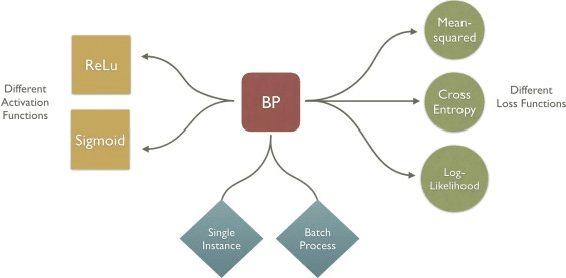
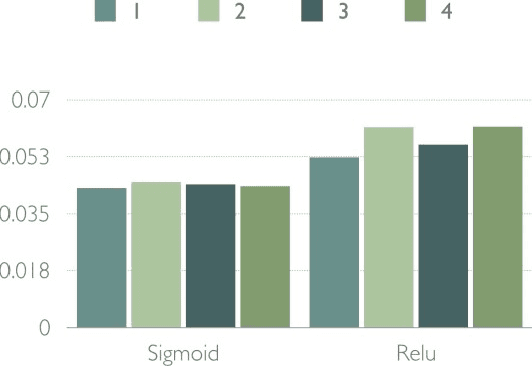
Abstract:This paper is focused on evaluating the effect of some different techniques in machine learning speed-up, including vector caches, parallel execution, and so on. The following content will include some review of the previous approaches and our own experimental results.
MailLeak: Obfuscation-Robust Character Extraction Using Transfer Learning
Dec 22, 2020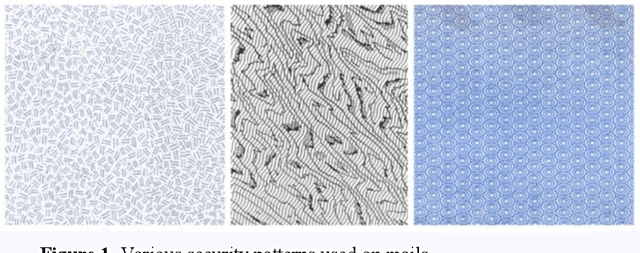
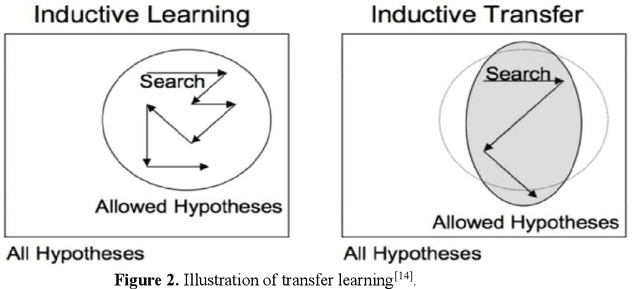
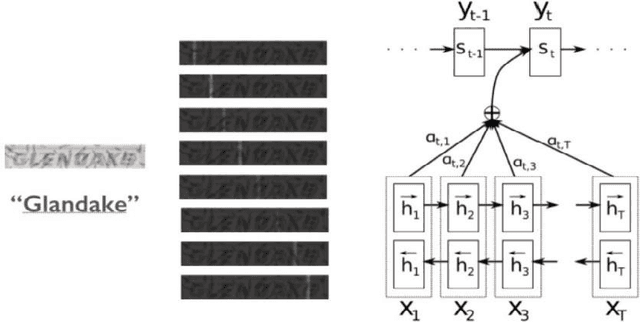
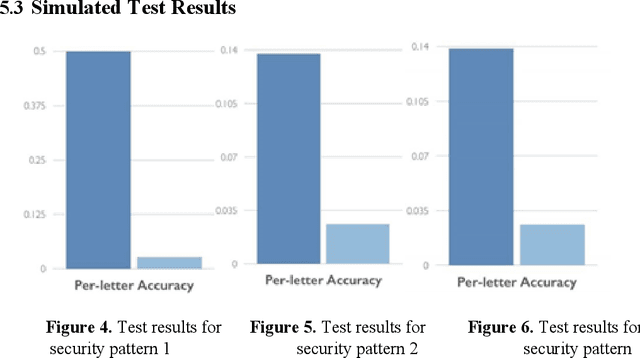
Abstract:The following work presents a new algorithm for character recognition from obfuscated images. The presented method is an example of a potential threat to current postal services. This paper both analyzes the efficiency of the given algorithm and suggests countermeasures to prevent such threats from occurring.
 Add to Chrome
Add to Chrome Add to Firefox
Add to Firefox Add to Edge
Add to Edge